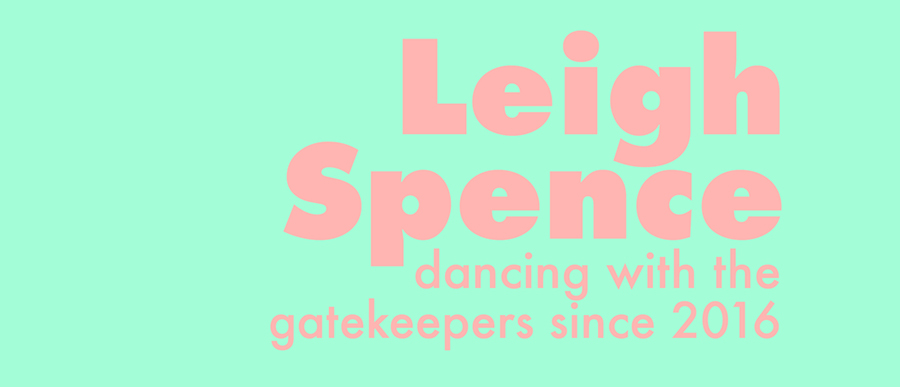I distinctly remember the hope that, when the Covid-19 pandemic eventually drew to a close, the ensuing momentum that would follow such a seismic event could have been the beginning of a new “Roaring Twenties”, last seen following the First World War and the flu pandemic of 1918.
Of course, it does not feel like this has happened, replaced more by a need to return things to normal, just as the proposals to redraw the map of London following the Great Fire of 1666 was replaced by a need to rebuild as soon as possible.
This has left me feeling like the 2020s haven’t really started yet culturally, much like when the 1960s were said to have started with The Beatles in 1963, or when the 1990s were ushered in by Nirvana’s “Smells Like Teen Spirit” in 1991. The pandemic acted more like a stress test than a creative inspiration, before counting the threat it made to live music venues, in places like Liverpool and Seattle, that help foment the scenes that changed popular music.
The reason I have started thinking about this now was its having been prompted by reading many articles about the prospects of a “post-Elizabethan age” – following the death of the Queen, having been a symbol of stability and consensus for so long, what country is the UK going to become, and how will things progress under King Charles III and Prime Minister Liz Truss?
It feels like fundamental changes are expected, but it is not known what they could be, or what for they should take, because elements of that expectation were themselves not expected. Who are we counting on to enact the change? Someone creative? A ground swell?
I don’t think it is possible to expect a paradigm shift, unless this a result of anxiety. Beatlemania and Nirvana may have ushered in the “Sixties” and the “Nineties”, but the ironic detachment and post-Cold War relief that characterised the “Nineties” was definitively ended by the terrorist attack on the World Trade Center in 2001, just as the end of the “Elizabethan age” was not an event to prepare for. If the lockdown caused by Covid-19 is considered a paradigm shift, it is only in the sense that the standard procedure for progress to take was interrupted or stopped, while happening to coincide with the beginning of the decade.
I think this is one of those times where I don’t know what to expect. The UK has seen uncertainty in one form or another caused by Brexit, Covid, and by changes in Prime Minister and Monarch, unless this proves to be the character of the 2020s – we are already nearly three years in, so it might be time to either call it now, or start preparing to make the 2030s as great as possible.






